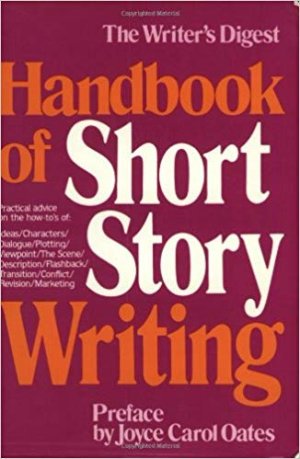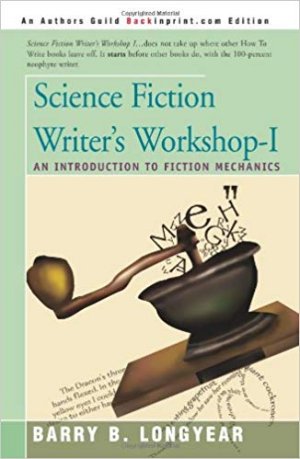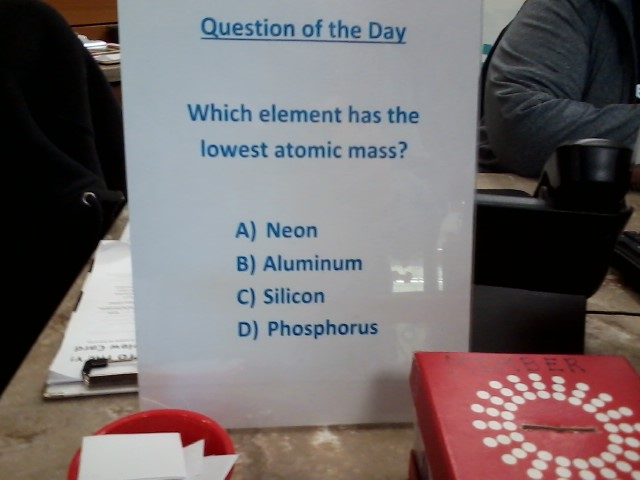The Goodreads blurb is “Some of the best advice available on how to create character, use description, create a setting and plot a short story.” The Amazon blurb is “Here’s a collection of the most helpful articles from WRITER’S DIGEST magazine covering every aspect of short story writing. Every writer, from beginner to professional, will find guidance, encouragement, and answers to such concerns as how to make characters believable, developing dialogue, writer’s block, viewpoint, the all-important use of conflict, and much more.”
Definitely some advice although not until the third section (Characterization). The first two sections read more like Brenda Ueland’s If You Want to Write, basically cheering sections for those unsure and/or starting out (which is to be expected. This was the handbook for the Writer’s Digest Fiction writing course).
I can believe that the separate chapters were Writer’s Digest articles. They both read as such and, from a business perspective, why solicit for something already owned?
Is it helpful? Yes. I was suprised at how much new (to me), useful information the book contained (once I got past the rah-rah sections).
There’s enough in here to keep writers developing their craft going for quite a while. I do recommend it.
Greetings! I’m your friendly, neighborhood Threshold Guardian. This is a protected post. Protected posts in the My Work, Marketing, and StoryCrafting categories require a subscription (starting at 1$US/month) to access. Protected posts outside those categories require a General (free) membership.
Members and Subscribers can LogIn. Non members can join. Non-protected posts (there are several) are available to everyone.
Want to learn more about why I use a subscription model? Read More ch-ch-ch-ch-Changes Enjoy!



